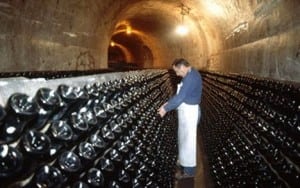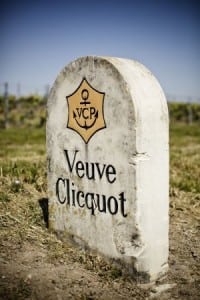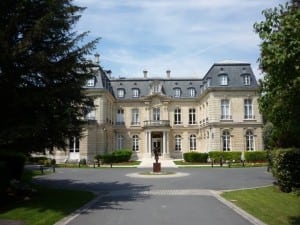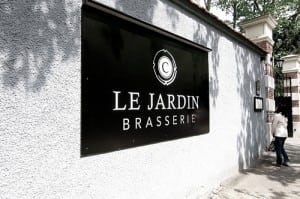Champagne Region, France: The Fruits of So Many Celebrations
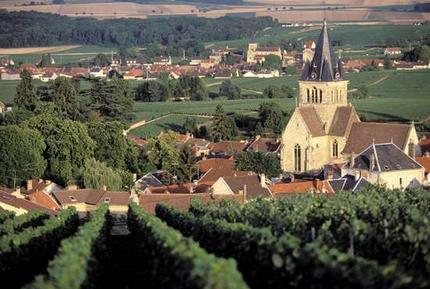
Champagne- the golden liquid with mini explosions of glistening bubbles, drunk from tall crystal flutes by so many around the world. However, this precious liquid can only truly be appreciated if the history of its origins are explored.
Champagne is a small region in northwest France, about 2 hours drive from Paris. Epernay is the unofficial capital of the region. Reims is the largest city, however it does not quite have the quaintness or character of Epernay, or access to as many Chateau’s.The region itself is incredibly picturesque; rolling hills of grapevines with both large and small Château’s plotted among them, making for a lovely drive or a day of tastings!
The Champagne produced in the region is only produced in the region. The French are very good at trademarking their best assets, so for all other parts of the world trying to recreate this formula for celebrations, it is sparkling wine or Prosecco if in Italy.
Champagne is aged in a very specific way with the bottles at an angle and turned very gently by hand at regular intervals, this process has been the same for hundreds of years.
In Champagne you will find the larger Château’s such as Veuve Clicquot, Moet & Chandon, Mercier, Perrier Jouet, Laurent-Perrier, and more. Then there are the smaller Champagne houses which produce sparkles that certainly compete with the best but not necessarily as well known. I picked up two bottles from Paul-Etienne Saint Germain, the Curvée Divine and Curvée Exception, both as smooth as a vintage Krug.
The tours in the larger Houses are a must if you wish to learn about Champagne. Mercier, Moet & Chandon, Pol Roger, Pommery, and Veuve Clicquot, all do a comprehensive tour of the cellar with tastings at the end. I won’t give away too many tips but I will say there is a big difference between vintage and non-vintage. It is not as you would expect. I also advise to keep an eye out for the bottles labeled with “Grand Cru”.
For those who have exceptional taste and standards when it comes to Champagne, your choice of Château’s will likely be Krug, Louis Roederer, and the not so famous, but certainly on it’s way there, Armand de Brignac. Armand de Brignac is not yet open to the public, however small tours and tastings will be available within the next 12-18 months.
Food in the region is of course very French. There is everything from formal degustation dining to the more relaxed brasseries, where the food is just as good, but simpler, which can often be a welcomed alternative after the riches of Champagne.
There are a number of restaurants that are either part of a hotel, or in the centre of town (Epernay & Reims), my favorites were Château de Rilly, Les Millénaire, La Cave á Champagne, La Briqueterie, Le Royal Champagne, Le Parc and, Le Jardin.
Most hotels are in fact on a vineyard where the Château has been converted into the hotel. All of which are of a very high standard and many with a Michelin stared restaurant to go with it. Those who are looking for the ultimate in luxury, will be wooed by any of these: Château de Rilly, La Briqueterie, Hotel Royal Champagne, le Crayéres, and Château d’Etoges.
For exquisite and informal French dining, Le Jardin is a perfect choice.
Whether your visit is a short getaway or you are coming from farther afield, you will not be disappointed. The golden (and sometimes pink), liquid sparkles will entice you into treating every day like a celebration in order to revisit the fruits which belong to a small corner of the earth, with big ambitions.
